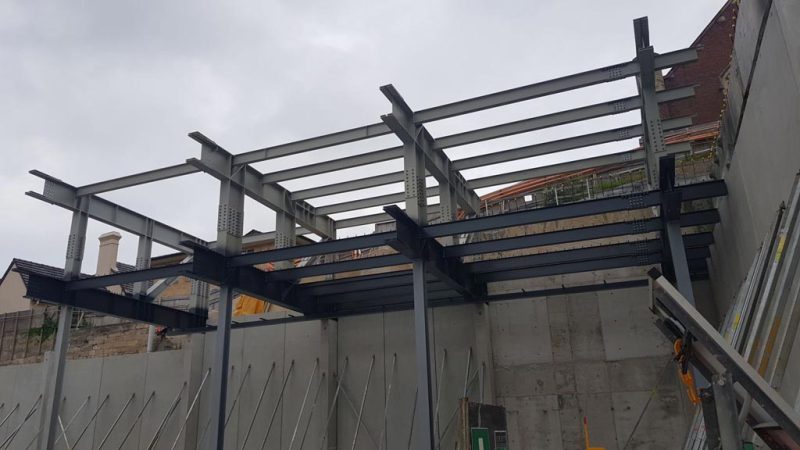Built from the Ground Up: Structural Steel Erection for Civil Works
25 March 2024
Explore the vital role of structural steel erection in civil works. Carried out by QRSA, ensure the strength, efficiency, and durability of infrastructure.
Civil engineering and construction projects require proper structural steel erection to effectively support the strength and integrity of built environments. From towering skyscrapers to expansive bridges, structural steel carries out a pivotal role in bringing architectural visions to life.
The Core of Modern Infrastructure
Structural steel erection does not only pertain to assembling metal, but it also covers creating the skeleton of a structure. Steel, known for its high strength-to-weight ratio, durability, and flexibility, is an ideal material for various civil works, including buildings, bridges, airports, and stadiums. It entails the creation of large, open spaces without the need for intermediate columns, offering architects and engineers the freedom to innovate.
Steps in Structural Steel Erection
QRSA offers structural steel erection as part of its services. When we conduct structural steel erection, our team make sure that the following steps are carried out.
• Planning and Design: Every steel structure starts with meticulous planning. Our professional team work together to design structures that not only meet aesthetic requirements but also comply with local building codes and withstand environmental stresses.
• Fabrication: Once the design is finalised, the structural steel is fabricated. This step involves cutting, bending, and assembling steel to create the specific components needed for the structure. Precision must be maintained to ensure that each piece fits perfectly with the next.
• Transportation: After fabrication, we transport the steel components to the construction site. This step requires careful planning to manage the size and weight of the materials, making sure the delivery will be safe and timely.
• Erection: The onsite assembly of fabricated steel components marks the beginning of the erection process. This involves lifting, positioning, and securing the steel members into place, a task that demands skilled workers and the right equipment, such as cranes and bolted connections.
Structural Steel Erection Problems
While structural steel erection can be carried out by our team effectively, numerous challenges may still arise. One of the challenges in structural steel erection is the weather conditions. Outdoor construction is at the mercy of the weather. High winds, rain, and extreme temperatures can delay work and affect the safety of the workers.
Another challenge is site constraints. Urban construction sites often have limited space, presenting logistical challenges for storing materials and manoeuvring heavy equipment. Safety risks may likewise occur during structural steel erection. The erection of structural steel, after all, involves working at heights and handling heavy materials, making safety a paramount concern. Rigorous safety protocols and training are essential to prevent accidents.
Despite the challenges, the strategic use of structural steel continues to push the boundaries of what is architecturally possible, ensuring your infrastructure is not only built to last but also designed to inspire.
Ultimately, a successful structural steel erection project relies on the seamless collaboration between architects, engineers, fabricators, and construction teams. Our team at QRSA prioritises communication as it helps ensure that the project stays on schedule, remains within budget, and adheres to the specified design and safety standards.
Optimized by: Netwizard SEO
